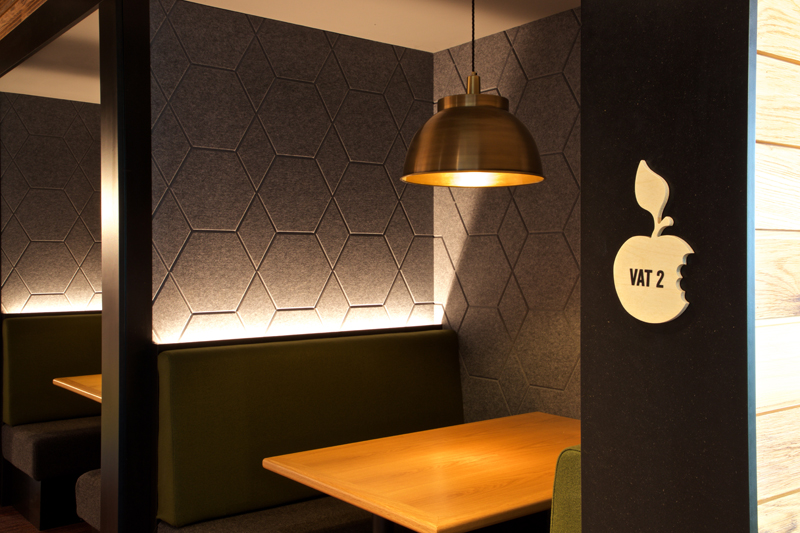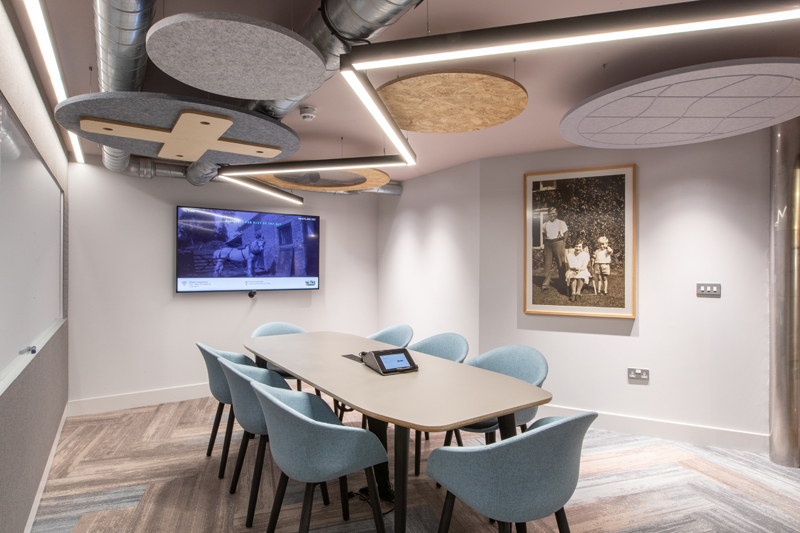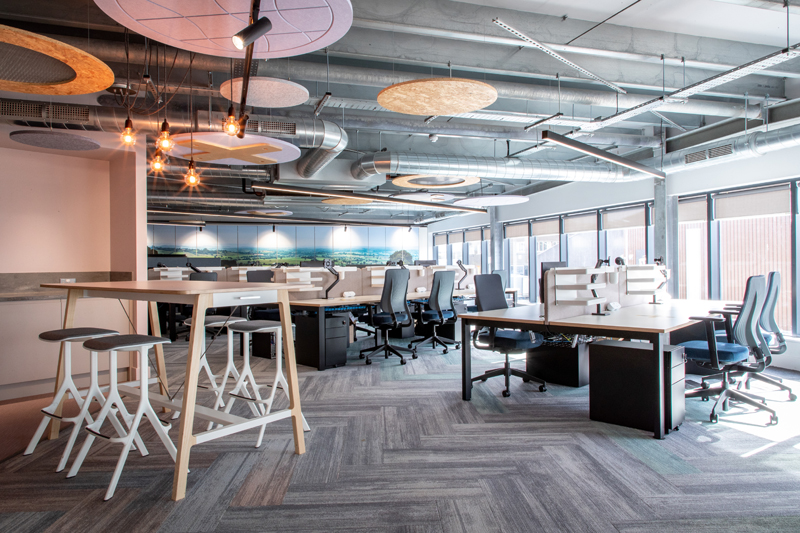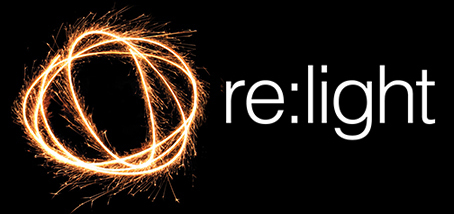In lighting we talk a lot about colour temperature, so we thought we’d explain, in simple terms, what it means and why it’s so important to consider lighting colour when designing a space.
LIGHT TEMPERATURE
Light temperature, measured in Kelvin (K), is the numerical measurement of colour that is emitted when an object is heated with a high enough temperature. When the temperature increases, the object changes colour and starts emitting various shades of that light.
Take a blacksmith heating an iron horseshoe, for example. When the temperature of the horseshoe rises, its colours change from red to orange, then yellow, then white and then finally, bluish-white.
-
- Higher colour temperatures (4,600K or more) are known as cool or daylight colours as they appear blue-white.
- Mid-range colour temperatures (3,100K–4,600K) give off a cool white appearance.
- Lower colour temperatures (up to 3,000K) are considered warm colours and range from red to yellowish-white.
Lighting designers Felderman Keatinge explain what these colours look like in everyday life:
-
- The glow-from-a-fire is over 2,000K and is known as a warm colour.
- The sunset is about 4,000K and is known as a cool white colour.
- A typical sunny day is about 5,000K or 5,500K and is known as a cool colour.
- The lighting during an overcast winter day is over 7,000K and is known as a cool colour.
COLOUR TEMPERATURE IN LIGHTING AND INTERIOR DESIGN
Warm (red to yellow) lighting is best for intimate settings, like break rooms. It creates a sense of comfort and relaxation. It is perfect for scenarios where you want to create trust and calmness.
Mid-toned (white) lighting is best for conference rooms. It’s more welcoming but cool enough to promote alertness. Middle tones should be used to instil a friendly and inviting environment, such as in conference rooms and meeting areas.
Cool (blue) lighting is best for brainstorming rooms. This light can improve alertness, mood, and productivity. Blue light is responsible for boosting our attention and mood in the morning and keeping us alert in the early afternoon. It is said to reduce melatonin, a hormone produced in our glands, which puts us to sleep. Several studies say that “blue-enriched” light bulbs that are 17,000k actually helps boost work performance by supporting mental vitality, acuity, and alertness, while also reducing daytime sleepiness and fatigue.
Too much blue light, however, can disrupt your sleep cycle. Ideally, in an office environment you want overhead lighting that can be adjusted as the daylight changes. This circadian lighting approach more closely mimics the daylight spectrum and is therefore best for your wellbeing.
Contact us if you’d like to know more about achieving the right colour temperature for your home or workspace.

A space lit with warm light

A space lit with mid-toned light

A space with both warm and cool blue light
